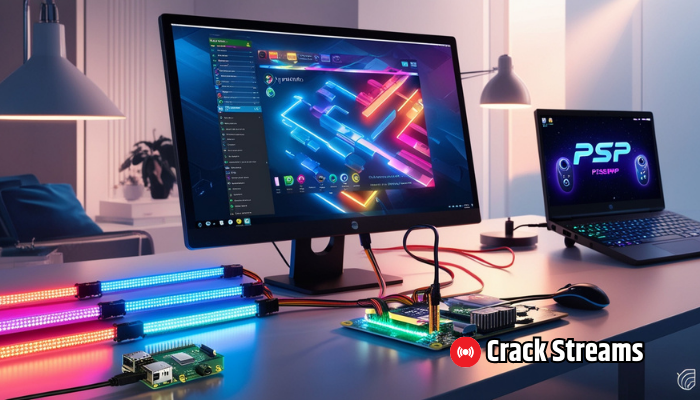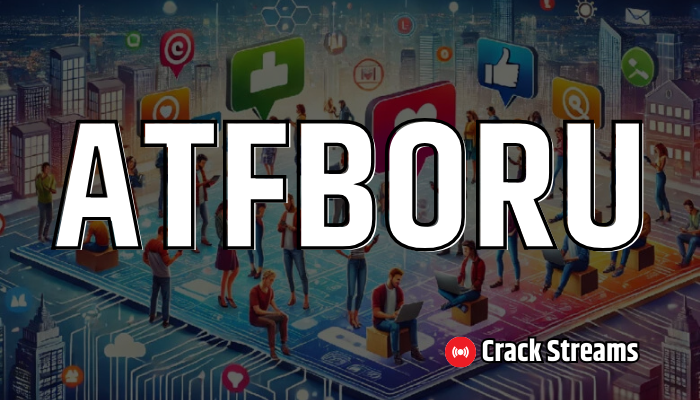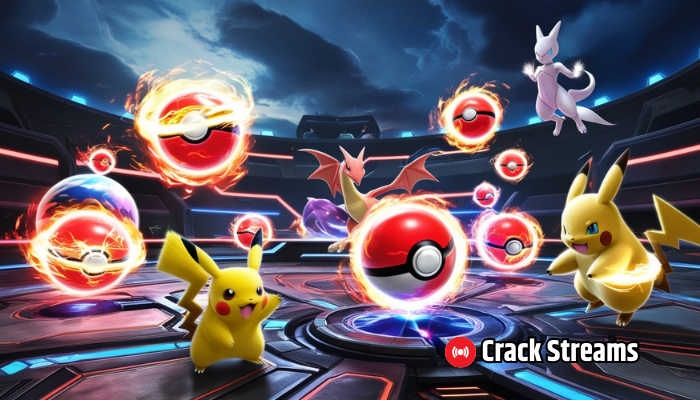PPSSPP Pico Wiring HyperHDR: A Complete Guide
PPSSPP, Raspberry Pi Pico, and HyperHDR are exciting technologies that have taken the tech world by storm. When combined, they offer a powerful way to enhance gaming, lighting, and multimedia experiences. Whether you are a gamer looking to upgrade your setup or a tech enthusiast interested in DIY projects, understanding this integration can open new doors.
This guide will take you step by step through the process of setting up PPSSPP with Pico wiring and HyperHDR. From understanding the components to troubleshooting, you’ll gain the knowledge you need to create a smooth and functional system. Let’s dive in and explore how these technologies work together.
Understanding the Components
To start, it’s essential to understand the three main components of this setup: PPSSPP, Raspberry Pi Pico, and HyperHDR. Each plays a unique role in the overall system.
What is PPSSPP?
PPSSPP is a popular emulator that allows you to play PlayStation Portable (PSP) games on various devices. It’s lightweight, fast, and supports high-resolution gaming. You can use PPSSPP to relive classic PSP games or enhance their performance with modern hardware. It’s widely available for platforms like Windows, Android, iOS, and more.
One of the standout features of PPSSPP is its customization. From tweaking graphics settings to adding controller support, it’s perfect for gamers who love personalizing their experience.
What is Raspberry Pi Pico?
Raspberry Pi Pico is a microcontroller board designed for versatile applications. Unlike the standard Raspberry Pi, it doesn’t run an operating system but is programmed to perform specific tasks. Its small size and affordability make it an excellent choice for DIY electronics projects.
With features like GPIO pins, onboard memory, and USB connectivity, the Pico can act as the brain of your lighting system. It communicates with the LED strips and ensures everything syncs perfectly.
What is HyperHDR?
HyperHDR is advanced software that creates stunning ambient lighting effects for displays and gaming setups. It’s an improved version of Hyperion, optimized for better performance and support for HDR content. HyperHDR captures screen content in real time and translates it into dynamic LED lighting.
By integrating HyperHDR with your Raspberry Pi Pico and PPSSPP, you can achieve immersive gaming experiences. The software’s flexibility allows users to fine-tune color accuracy, brightness, and response times.
Preparing for the Integration
Before you start wiring and configuring, it’s crucial to gather the right tools and understand the setup requirements. This section covers both the hardware and software you’ll need.
Hardware Requirements
To build your setup, you’ll need the following items:
- Raspberry Pi Pico: This acts as the controller for your LED strips.
- LED Strips: WS2812B or SK6812 strips are commonly used for projects like this.
- Power Supply: Ensure your power supply matches the voltage and amperage requirements of your LED strips.
- Level Shifter: This is necessary to convert the signal from the Raspberry Pi Pico to a voltage level suitable for the LEDs.
- Connecting Wires: You’ll need wires to connect all the components securely.
Software Requirements
Once your hardware is ready, install the necessary software:
- PPSSPP Emulator: Download it from the official site or app store for your device.
- HyperHDR Software: Visit the HyperHDR GitHub page to get the latest version.
- Firmware for Pico: Download HyperSerialPico firmware to enable communication with HyperHDR.
By having these tools and software in place, you’ll ensure a smooth integration process. Each element plays a critical role, so double-check that everything is compatible before proceeding.
Wiring the Raspberry Pi Pico
Wiring the Raspberry Pi Pico to your LED strips and other components is the next step. Proper connections are crucial to ensure the setup works as expected.
Understanding GPIO Pins
The Raspberry Pi Pico has multiple General Purpose Input/Output (GPIO) pins. These pins allow the Pico to communicate with external devices, including LED strips. For this project, you’ll use specific GPIO pins to send data and control the LEDs.
Connecting the LED Strips
Start by connecting the data pin of your LED strip to the designated GPIO pin on the Pico. Ensure the connections are secure to avoid any signal loss. Also, connect the ground pin of the Pico to the LED strip for a common ground.
Using Level Shifters
LED strips often operate at 5V, while the Pico uses 3.3V logic. A level shifter is essential to convert the 3.3V signal to 5V. This ensures the LEDs receive the correct signal strength and function without issues.
Power Distribution
Proper power distribution is vital for the longevity and performance of your setup. Use a dedicated power supply for your LED strips to avoid overloading the Pico. Always double-check the voltage and current ratings before powering on the system.
Configuring HyperHDR with Raspberry Pi Pico
Once the wiring is complete, the next step is to configure HyperHDR. This involves setting up the software and ensuring it communicates effectively with the Pico.
Flashing HyperSerialPico Firmware
Begin by flashing the HyperSerialPico firmware onto your Raspberry Pi Pico. This firmware enables the Pico to interact with HyperHDR. Use tools like Thonny or a command-line utility to upload the firmware.
Setting Up HyperHDR
Install HyperHDR on your PC or Raspberry Pi. Open the software and navigate to the device settings. Add the Raspberry Pi Pico as a device and configure it to control the LED strips. Adjust settings like LED layout, brightness, and color calibration to your preference.
Testing the Configuration
Once everything is set up, perform a test run. Power on the system and check if the LEDs respond to the screen content. If there are issues, revisit the wiring or software settings to troubleshoot.
Conclusion
Combining PPSSPP, Raspberry Pi Pico, and HyperHDR can transform your gaming and multimedia experience. By following this guide, you’ll understand how to integrate these technologies seamlessly. Whether you’re a seasoned DIY enthusiast or a beginner, this project offers an exciting opportunity to explore the capabilities of modern tech.
With everything in place, you’re ready to enjoy immersive lighting effects that bring your games and media to life. Don’t hesitate to experiment with advanced configurations to make your setup truly unique.







